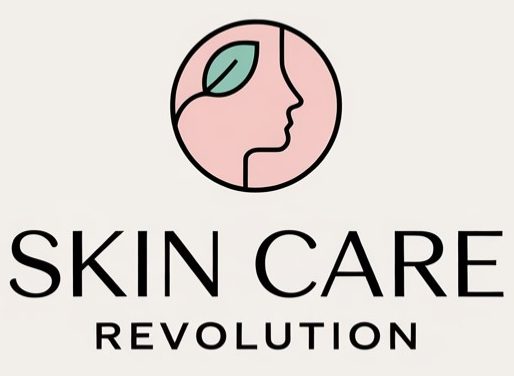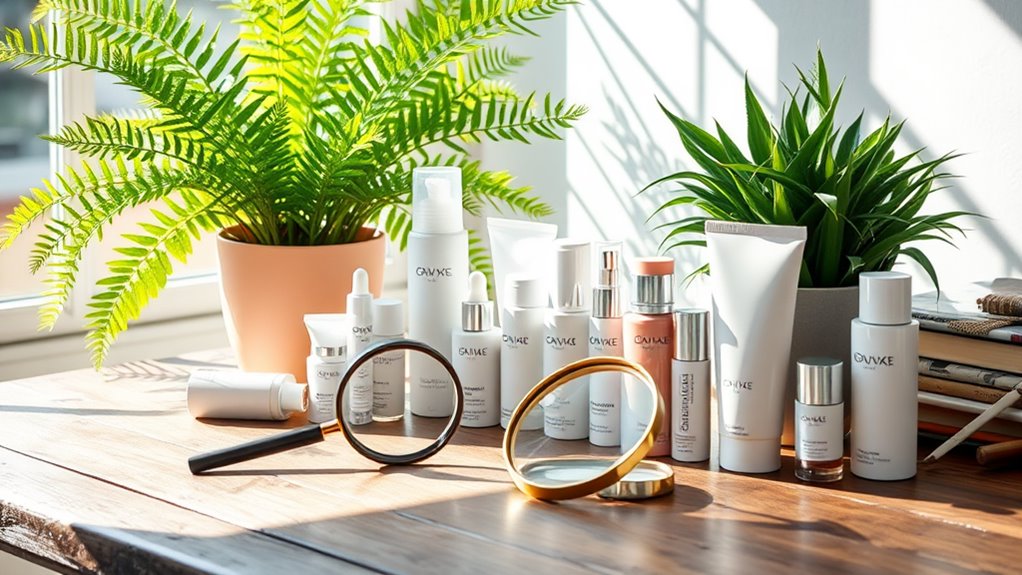How to Spot True Cruelty-Free Products- A Simple Guide
Maneuvering the world of cruelty-free products can be tricky. You might think a label guarantees no animal testing, but that’s not always the case. By knowing what to look for, you can make more informed choices. From certification labels to brand practices, each detail matters. So, how can you be sure you’re supporting truly cruelty-free brands? Let’s break down the essential steps you need to take.
Key Takeaways
- Look for reputable certifications like Leaping Bunny or PETA’s Beauty Without Bunnies to ensure genuine cruelty-free claims.
- Check the brand’s official website for clear, explicit cruelty-free statements regarding their testing policies.
- Investigate supply chain practices to confirm that all suppliers adhere to cruelty-free standards without animal testing.
- Be cautious of vague labels; terms like “not tested on animals” may not apply to all products or ingredients.
- Research customer reviews and independent sources to validate the authenticity of a brand’s cruelty-free commitment.
Understanding Cruelty-Free Definitions
How can you be sure a product is truly cruelty-free? Understanding the definitions surrounding cruelty-free terminology is essential. Simply put, a cruelty-free product means it hasn’t been tested on animals at any stage of development.
However, definitions can vary. Some brands may claim cruelty-free but still source ingredients from suppliers that conduct animal testing. To master this concept, you need to dive deeper into the brand’s policies, scrutinizing their commitment to humane practices.
Look for transparency in their sourcing and production methods. Being informed allows you to make choices that align with your values.
Recognizing Legitimate Certification Labels
Certification labels act as your compass in guiding through the world of cruelty-free products.
To guarantee you’re choosing truly ethical brands, keep an eye out for these legitimate certification labels:
-
Leaping Bunny: Recognized globally, this label indicates no animal testing at any stage.
-
PETA’s Beauty Without Bunnies: This label confirms the brand’s commitment to cruelty-free practices.
-
Choose Cruelty-Free (CCF): A rigorous certification that requires brands to meet strict animal welfare standards.
-
Vegan Society: While primarily about vegan products, it also signifies no animal testing.
-
Cruelty-Free International: This label assures compliance with high cruelty-free standards.
Researching Brand Policies and Practices
When you’re on the hunt for cruelty-free products, it’s essential to dig into a brand’s policies and practices. Start by checking their official website for a clear stance on animal testing. Look for statements that explicitly declare their commitment to cruelty-free principles.
Don’t just rely on marketing jargon; investigate if they share details about their supply chain and sourcing practices. Examine whether they conduct third-party testing or if their products are sold in markets where animal testing is mandatory.
Reach out directly to brands for clarification; a transparent company will be willing to engage. Finally, explore customer reviews and independent reports to gauge authenticity. Mastering this research empowers you to make informed choices in your cruelty-free journey.
Common Misleading Marketing Tactics
When shopping for cruelty-free products, you might encounter buzzwords and certifications that sound reassuring but can be misleading.
It’s essential to look beyond these labels and consider the practices of parent companies and the transparency of ingredients.
Buzzwords and Certifications
Maneuvering the world of cruelty-free products can be tricky, especially with the abundance of buzzwords and certifications that often mislead consumers.
To guarantee you’re making informed choices, keep an eye out for these common pitfalls:
-
“Cruelty-Free”: Lacks a formal definition; verify additional certifications.
-
“Not Tested on Animals”: This may not guarantee the entire product line is cruelty-free.
-
“PETA Approved”: Some brands pay for this label without full compliance.
-
“Organic”: Doesn’t necessarily mean cruelty-free; check for additional certifications.
-
“Vegan”: While it means no animal ingredients, it doesn’t confirm cruelty-free practices.
Always dig deeper and research brands to guarantee your choices align with true cruelty-free values.
Parent Company Practices
While it’s easy to get caught up in a brand’s cruelty-free claims, it’s essential to contemplate the practices of the parent company behind the product.
Many brands tout cruelty-free labels, but their parent companies might engage in animal testing or own subsidiaries that do.
Look beyond the surface; some companies use misleading marketing tactics, like labeling a specific product as cruelty-free while neglecting the broader practices of their entire operation.
Additionally, if a brand is affiliated with a company that sells in countries where animal testing is required by law, their cruelty-free claims may be compromised.
Always investigate the parent company’s ethics and practices to guarantee you’re truly supporting cruelty-free values.
Your choices matter more than the glossy packaging.
Ingredient Transparency Issues
Even with a brand’s cruelty-free label, ingredient transparency can often be misleading.
It’s essential to scrutinize the ingredients list and marketing claims to guarantee you’re truly supporting cruelty-free practices.
Here are common tactics brands use that can obscure the truth:
-
Vague Terms: Words like “natural” or “botanical” can mislead without concrete definitions.
-
Hidden Ingredients: Substitutes or derivatives may not be labeled clearly.
-
Parent Company Shenanigans: A cruelty-free label doesn’t guarantee the parent company is ethical.
-
Exaggerated Claims: Brands may highlight one cruelty-free aspect while ignoring others.
-
Ambiguous Certifications: Not all cruelty-free certifications hold the same weight.
Evaluating Ingredients and Sourcing
How can you guarantee that the products you choose are genuinely cruelty-free? Start by scrutinizing the ingredient list.
Look for terms like “not tested on animals” or “cruelty-free” backed by reputable certifications. These labels don’t just signify ethical practices; they reflect a commitment to transparency.
Pay attention to sourcing as well. Brands that prioritize cruelty-free products often use plant-based or synthetic alternatives instead of animal-derived ingredients.
Research the suppliers; ascertain they align with your values and don’t engage in animal testing. Check if the brand openly shares its sourcing practices. If they’re vague or evasive, it’s a red flag.
Supporting Truly Cruelty-Free Brands
When you choose to support truly cruelty-free brands, you’re not just making a purchase; you’re making a statement about your values.
By aligning your buying habits with ethical practices, you contribute to a kinder world. Here are some ways to guarantee your support is impactful:
-
Research the brand’s claims – Look beyond labels; verify their cruelty-free certifications.
-
Explore their sourcing – Confirm they use responsibly sourced ingredients.
-
Check for transparency – Brands should openly share their testing methods and policies.
-
Prioritize independent brands – Often, smaller companies are more committed to ethical practices.
-
Engage with the community – Connect with like-minded consumers to share insights and recommendations.
Frequently Asked Questions
Are Cruelty-Free Products Suitable for Sensitive Skin?
Cruelty-free products can be suitable for sensitive skin, but you should always check ingredients. Look for hypoallergenic formulas and natural components to guarantee they won’t irritate your skin. Testing a patch is also wise.
How Can I Report a Brand Falsely Claiming Cruelty-Free Status?
To report a brand falsely claiming cruelty-free status, gather evidence, then contact relevant authorities like the Better Business Bureau or animal welfare organizations. They’ll investigate and take appropriate action against misleading claims. You can make a difference.
Do Cruelty-Free Products Have to Be Vegan as Well?
Cruelty-free products don’t have to be vegan. While they avoid animal testing, they may still contain animal-derived ingredients. To align with your values, check labels carefully and research brands before making purchases.
Can I Trust Online Reviews About Cruelty-Free Products?
You can find valuable insights in online reviews, but don’t rely solely on them. Look for patterns, verify sources, and consider multiple opinions to guarantee you’re making informed choices about cruelty-free products.
What Happens if a Cruelty-Free Brand Gets Acquired by a Non-Cruelty-Free Company?
If a cruelty-free brand gets acquired by a non-cruelty-free company, you might question its ethical practices. It’s essential to stay informed about ownership changes and reassess your support based on the new company’s values.

